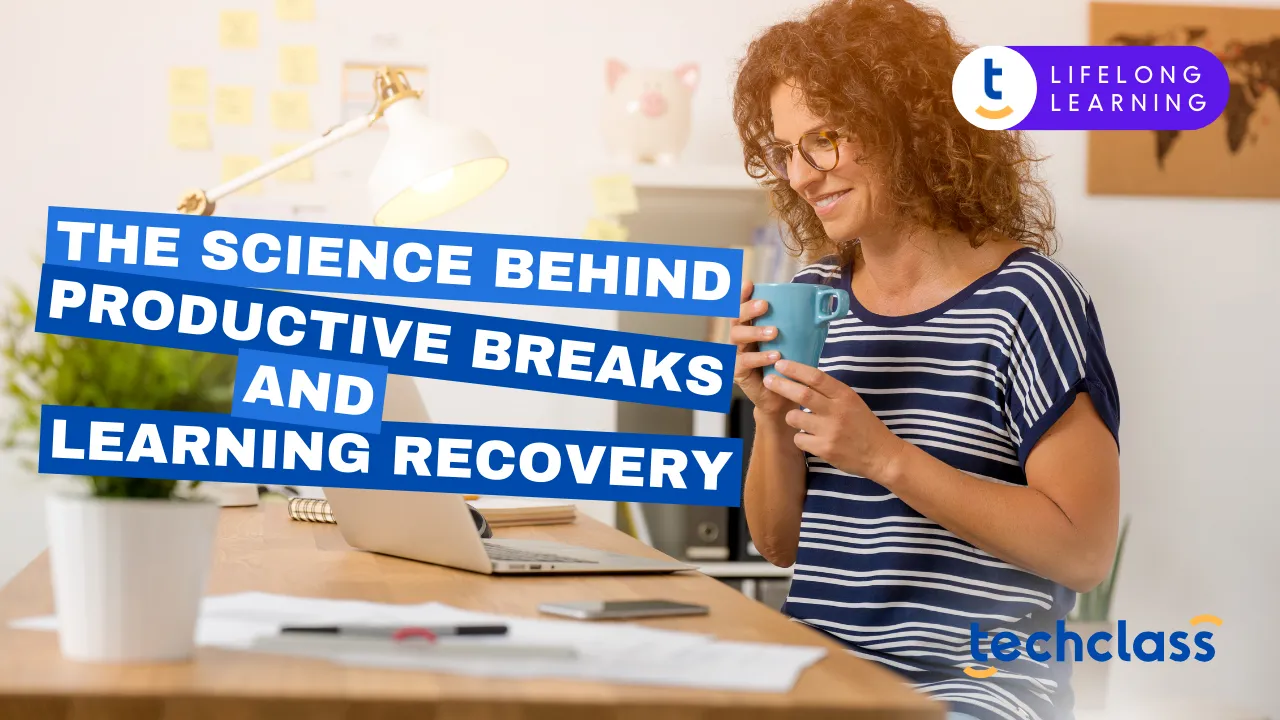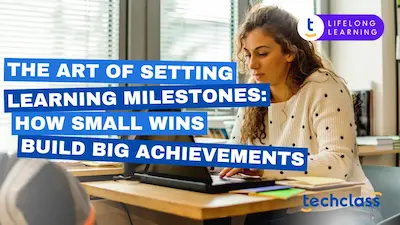
Amid the rush for achievement and the relentless pace of modern life, it’s easy to fall into the trap of believing that nonstop work automatically leads to meaningful progress. But cutting-edge neuroscience and educational research show the opposite: if you want to learn better, remember more, and stay sharp, the smartest thing you can do is take strategic, well-timed breaks. Let’s explore the fascinating science behind why breaks boost learning and recovery, and how you can use them to supercharge your brainpower.
The National Institutes of Health (NIH) published groundbreaking findings showing that when we learn a new skill, such as typing a code or playing a piano melody, our brains don’t just work hard while we practice. In fact, some of the most important brain activity happens when we stop.
During rest periods, the brain enters a phase of memory replay: it rapidly and repeatedly replays compressed versions of what we just practiced, like a mental fast-forward of the learning experience. This replay strengthens the neural connections that underlie the new skill, helping to consolidate learning and prepare the brain for the next round of practice. NIH researchers discovered that people whose brains replayed these memories more frequently during breaks made greater performance gains than those who didn’t.
In short, breaks don’t just give your brain a breather, they actively shape how well you learn.
It’s not just scientists in the lab who see the power of breaks; educators and parents also notice how young learners thrive when their study schedules include intentional downtime. Children and teens under heavy workloads often experience stress, anxiety, and mental fatigue, which can erode their focus and motivation.
By incorporating regular breaks, individuals:
Neuroscience research also shows that pushing through without breaks strains the prefrontal cortex, the brain area responsible for logical thinking, impulse control, and attention. Like a muscle, this part of the brain tires over time, and without recovery, your cognitive functions start to decline.
Regular breaks help:
Notably, taking a break doesn’t mean zoning out on social media. Research warns that scrolling Instagram or TikTok can actually increase mental clutter and stress, leaving you feeling more drained. Instead, opt for mindful, purposeful breaks that genuinely let your brain reset.
Taking breaks isn’t only about mental recovery, it’s also critical for physical health. Prolonged sitting is linked to back pain, muscle stiffness, and cardiovascular risk. Incorporating movement into your breaks, such as stretching, walking, or even standing up for a few minutes, improves circulation, energizes the body, and boosts oxygen flow to the brain, enhancing cognitive performance.
Even short power naps of 20–30 minutes can give your body and brain the deep rest they need to restore energy and sharpen concentration.
To truly harness the science behind productive breaks, you need to break smart, not just often. Here’s how:
The science is clear: if you want to learn faster, remember more, and stay mentally sharp, you need to embrace the power of breaks. Far from being a distraction or a waste of time, well-planned breaks activate memory replay, reduce stress, boost creativity, and support both cognitive and emotional health.
So next time you sit down to study or tackle a big project, remember: it’s not just about how hard you work, it’s also about how well you rest.
.webp)

